Keep the Conversation Going: Exploring In-The-Moment Message Prioritization
Published on October 16, 2019/Last edited on October 16, 2019/12 min read
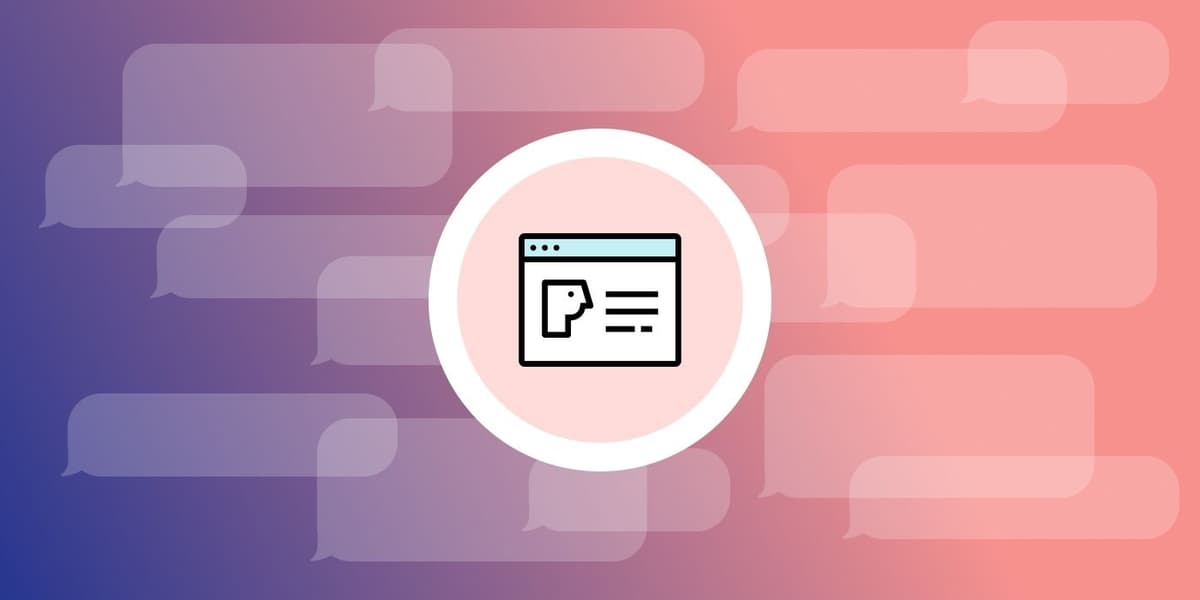
Nicole Codd and Andy Trevino
Technology is changing. Customer expectations are changing. And we’re moving into a world where successful customer/brand relationships are defined not by generic blast messaging, but by personalized, targeted one-to-one experiences. Think of it this way: Instead of shouting at their assembled customers through a bullhorn, brands will be leveraging automation to have meaningful conversations with their customers.
Here’s the thing: Brands are constantly in conversation with their customers. Whether the message is feel-good encouragement for the next step in their journey, a geofence-triggered flash sale, or an important receipt or status update, it’s always best to talk with people, rather than at them. That means paying attention to how they’re responding (or not responding) to the messages you’re sending, how they’re engaging with your app or website, and adjusting the messages you send based on the implicit “messages” they’re sending you.
Okay. That can be easier said than done. Brands should always seek to use the latest and greatest user behavior to inform the messages they send, in order to ensure that their conversation is crisp and relevant—but when your user base is in the millions, there’s just no way to do that without leaning heavily on technology and automation. And with many brands sending dozens of emails/push/notifications/etc. to each customer every month, ensuring that the highest-priority messages are making it to their users before less important outreach is a big need.
How can brands consistently make it happen? The best way can be summed up in a single word: Triggers.
Triggered Messages: Automating Brilliant Experiences
Every conversation requires a back and forth. With triggered campaigns, you’re baking that dynamic into the messages you send. A customer reaches a new level in your mobile game? You can automatically trigger an in-app message congratulating them and encouraging them to share their accomplishment on social. A user books an airport pickup with your ride-hailing service? Trigger an email letting them know the most popular destinations for riders in that city.
Because these messages are all based on each customer’s direct interactions with your brand, as well as their engagement with the outreach you send, these automated messages are a great way to ensure that the most important message for every action (or inaction, in some cases) are always delivered first. If every message you send is delivered this way—as part of a holistic triggering strategy—you can move on from a manual “message prioritization” approach where marketers are ranking and adjusting message priority to true in-the-moment prioritization, where a real conversation occurs.
What does that look like? Your audience tells you what they care about through how they choose to engage... and your brand matches them step by step, like dance partners moving in unison. If they ‘favorite’ an actor on your streaming service, you send them a recommendation email highlighting movies they haven’t watched featuring that actor. If they stop engaging with your emails, you send an in-app message asking if they still want to hear from you in that channel, and update their messaging mix based on their response.
What If There’s No Way to Go All-in on Triggered Messaging?
While building your customer communications around triggered messaging is ideal (and the best way to emulate conversation in your outreach), sometimes that’s just not possible. For companies where ad hoc messages are a key part of your messaging strategy—think breaking news push notifications or weekly newsletters—or your audience isn’t taking action in ways that can easily trigger messages, you may find that it’s up to you as a brand to get creative and thoughtfully determine which messages are the highest priority.
This may seem a little daunting at first. But the odds are that you have the information required to make these decisions available to you—you just need to dig in and find it. Start with your goals. What behaviors or actions (e.g. making a purchase, signing up for a subscription, etc.) are you hoping to drive? What medium makes the most sense for the touchpoint in question? (If you’re delivering an urgent message, a push notification may be a better choice than a Content Card, for instance.) Based off of these overarching principles, you can work towards prioritizing your communications.
One word of caution: It’s easy to get stuck in the marketer mindset and disregard how you, personally, interact with brands on a day-to-day basis. As you work through this process, do what you can to “be your audience” by thinking through how you’d react to the kinds of outreach you’re planning and whether the prioritization you’re considering makes sense on the user-side.
Modern Message Prioritization: What It Can Look Like
To illustrate this sort of approach, let’s imagine that you’re running the marketing team at Flash & Thread, a fast fashion ecommerce brand. You’ve identified a huge source of potential revenue within your brand’s lapsed purchasers segment—and you’ve also determined that your mass blast emails just aren’t driving the revenue you’d hope to see from this group. Here’s what a smart approach to prioritization might look like for this segment:
STEP ONE: Determine the best channel for outreach
No messaging channel is the ideal channel for every user across every possible use case. You may find that one user prefers to receive emails, while another is more receptive to push notifications. Take a look at the historical data at your disposal for this segment and what the open rates and conversion rates are like across each channel. Using this information, you can prioritize which channel to leverage first when messaging lapsed purchasers. (Or just take advantage of the Braze platform’s Intelligent Channel filter.)
STEP TWO: Determine the most impactful message type
Even within a particular channel, marketers often see significantly different results for different types of messages or in relation to a certain subset of the segment you’re targeting. When it comes to lapsed purchasers, Group A may be all aboard the newsletter train, while Group B just doesn’t have the time and is more likely to click on an email that’s quick, simple, and to-the-point.
Looking for a coherent way to make this sort of category-based approach work? Assign tags to each campaign you send based on the channel and the type of message. (For instance, you could have tags for “Email Newsletter,” “Email Long,” “Email Short,” etc.) Once you have all your active campaigns tagged, you can create segments based on whether people open or click a campaign with that tag.
STEP THREE: Determine how you can best personalize these messages
If you’re looking to get the maximum impact out of the messages you’re sending, you need to think seriously about personalization, which can boost revenue by 10–30%. But you can only personalize messages effectively if you have data that’s relevant to your strategy. After all, you can’t adjust the messages you send based on a user’s online browsing behavior if you don’t have data on their online browsing behavior. Take stock of the information that’s at your disposal, see what kind of personalization is feasible right now...and consider adjusting the data you’re collecting to fuel future personalization needs.
STEP FOUR: Create customized messaging flows
Once you’ve dug into the data and successfully answered all these questions, you’re ready to create a flow that’s designed to speak to each of your users:
- Group A may be very busy, with limited time to browse online, making them an ideal candidate for a flash sale push notification followed by a newsletter, because your data suggests that this segment of users tends to engage with email in the evening.
- Group B, on the other hand, may frequent your brand’s site, but never quite buys anything—so sending them an in-browser message first, then following up with a highly personalized email highlighting pages they’ve visited may be a better way to close the deal.
By creating these sorts of highly specific flows and getting as granular as possible, you can increase the chance of user engagement, while also increasing the likelihood of accomplishing your goal—which, in this case, is driving a purchase.
The Tools of the Trade: 4 Smart Ways to Support Effective Prioritization
There’s no magic software bullet for campaign-by-campaign prioritization, though it would be nice if there was. The reality is, every company has its own unique needs and structures, and unless you go all-in on a triggered messaging approach to message prioritization, you’ll likely have to iterate to find a strategy that works for you. That said, once you’re clear on your high-level strategy for your messaging and the business goals you’re looking to reach, Braze has four key tools that can make that process simpler and more effective.
Tool #1: Tag-Based Frequency Caps
Within Braze, tags are a smart way to support better dashboard organization, reporting, and targeting. The Braze platform automatically tracks some author, editor, date, and status information about segments, campaigns and Braze Canvases, but it also gives brands the ability to create custom tags in order to organize and sort your engagement efforts as you see fit.
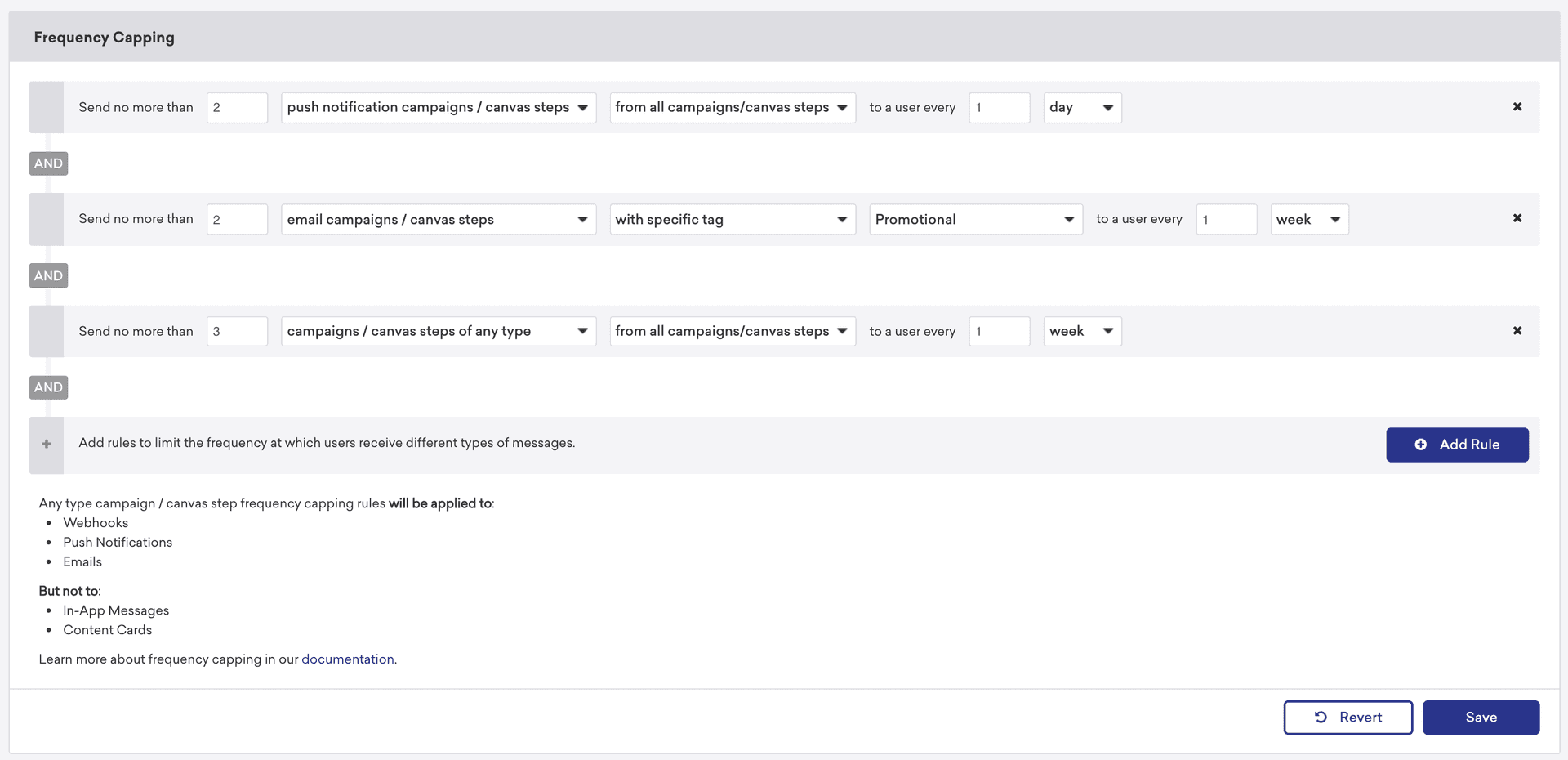
We’ve found over the years that sophisticated Braze users tend to have a strong tagging strategy, allowing them more transparency—and more control—in connection with their customer engagement efforts. If a brand tags all their campaigns within Braze, it becomes possible to add a segment to their lower-priority campaigns in order to rate-limit them. That, in turn, ensures that other, more important messages are seen first.
What does that look like? Let’s imagine that your brand sends a weekly newsletter that sees your strongest overall engagement and conversion rates—but you also send promotional emails when a popular new item goes on sale. If you tag the promotional messages and set a frequency cap for them, you could ensure that the newsletter is always seen, but promotional emails are delivered when possible (but not if they conflict with the newsletter).
Tool #2: Highly Tailored “Segments of One”
It’s now possible to gather highly detailed information about each user’s engagement with your brand and to use that data to create highly targeted audience segments that can speak to your customers more directly.
Imagine, for instance, that your brand is a sports media app and looking to keep users informed about the latest and greatest in the worlds of baseball/football/basketball. You could create a segment for customers who have favorited your baseball coverage, another for those who favorited your football coverage, another for those who have favorited your basketball coverage, and custom segments for people who have favorited multiple sports (so one for football/baseball, one for baseball/basketball, and so on).
Once you have those segments, you can stop sending blast messages and build out regular messaging flows for each audience, so that people aren’t receiving a mix of relevant, targeted messages and generic outreach—every message they get is chosen and targeted for people with their particular interests. And because today’s audience segments are dynamic, if a user decides they’re no longer interested in hearing about baseball updates (or wants to hear about football, too), they can be seamlessly added into the appropriate segment and receive the appropriate messaging, all in real time.
Tool #3: Connected Content
The Braze platform’s Connected Content feature makes it possible for marketing, growth, and engagement teams to leverage data pulled from public APIs or your brand’s own internal systems to customize your outreach at send time. What does that mean for prioritization? Well, if you’ve built out a recommendation engine or other content personalization, you can make the decision about what to include in a particular message on the fly before sending.
For instance, if your brand is running a multi-week sale, you might normally build out a flow of messages promoting different items and manually schedule them to nudge users to engage with your full range of items—but with Connected Content, you could build out a flow of promotional messages and use your recommendation engine to automatically determine which items are highlighted when for each customer, taking the work out of prioritization.
This approach does require a little work on the part of your engineering team, but it’s reusable work, which is always the best kind. And once you’ve created API endpoints for this purpose, you can leverage them across your entire marketing ecosystem.
Tool #4: Canvas Branching
Canvas, Braze’s customer journey management tool makes it easy to create a highly-relevant user experience by allowing brands to build out branching messaging flows that can provide different outreach for different customers based on their preferences and behavior. But while these branches are a great way to adjust and customize what communications a given user sees, they can also be used to manage the prioritization of messages within a flow.
Normally, Braze recommends that brands have mutually exclusively logic across the branches within a Canvas; that is, the filters on each branch should mean that users can only follow one (and exactly one) branch, and all conditions are covered. For instance, a user would only ever receive one of the branches A, B, or C, because the logic for each is mutually exclusive.
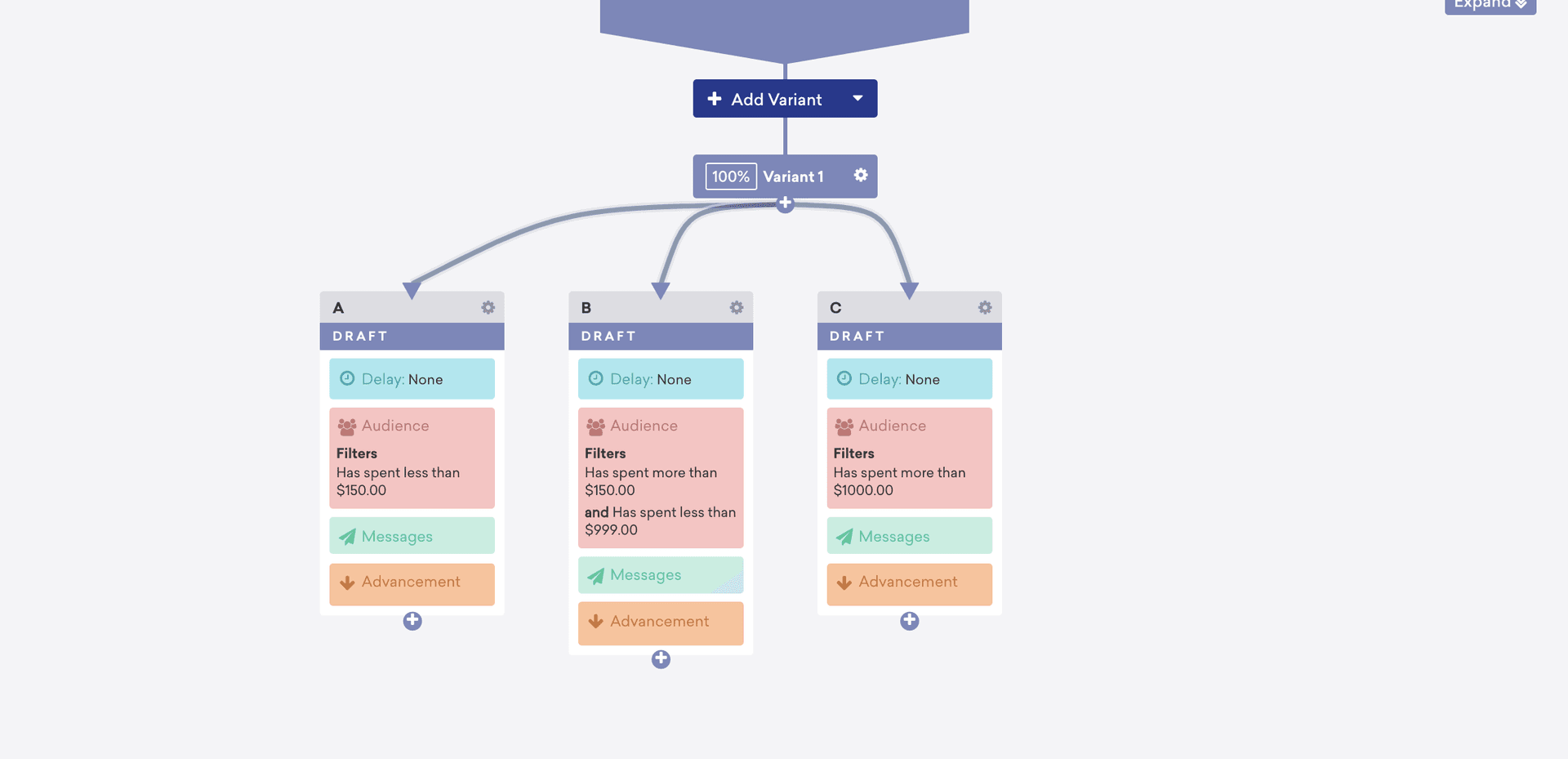
However, if the logic does overlap, a user could qualify for more than one step—and the result will be unpredictable.
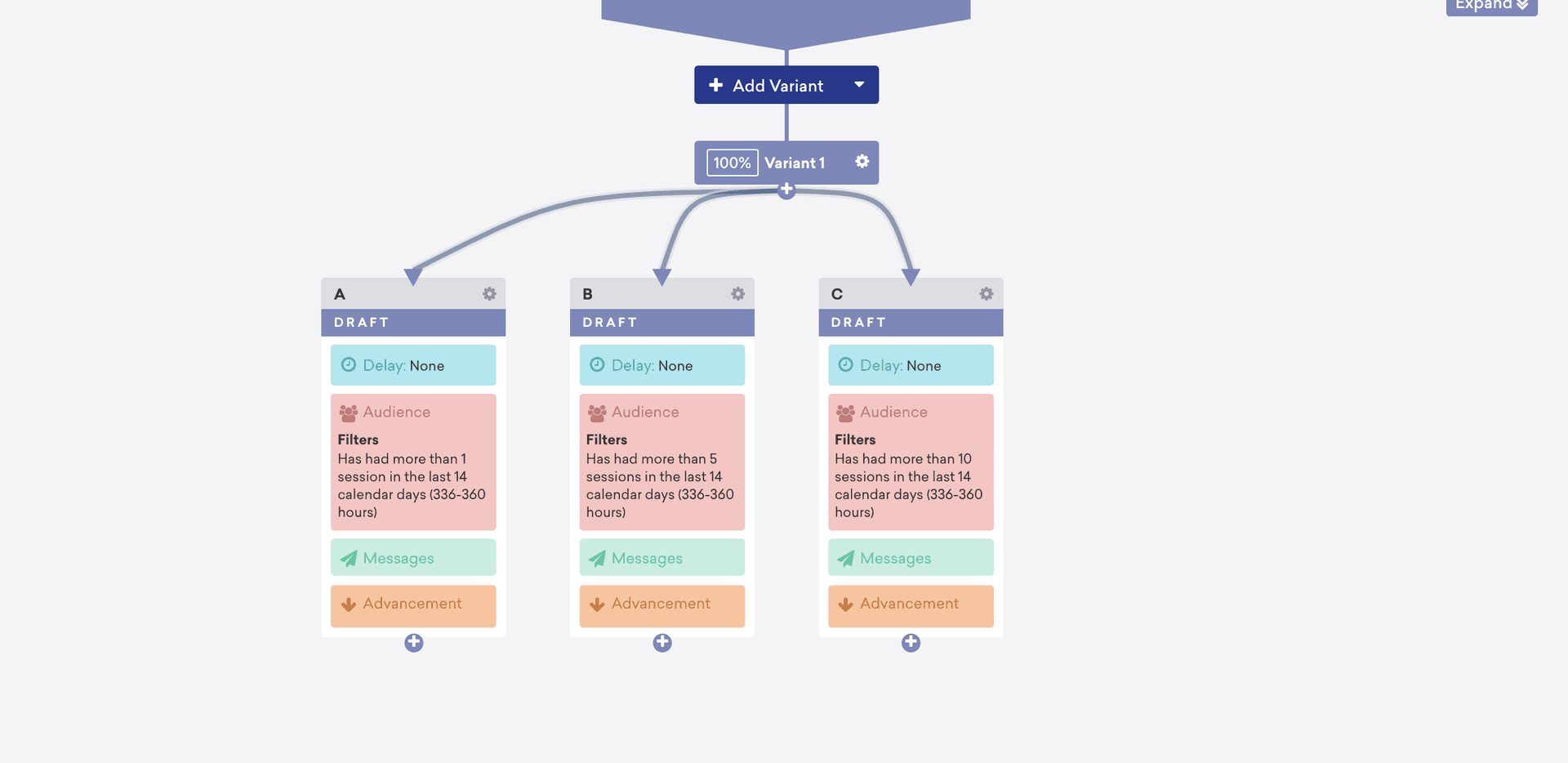
Under these circumstances, if a particular user qualifies for multiple messages, you can force Braze to choose one before the other (and therefore prioritize) simply by adding a slight delay to steps associated with lower-priority messages.
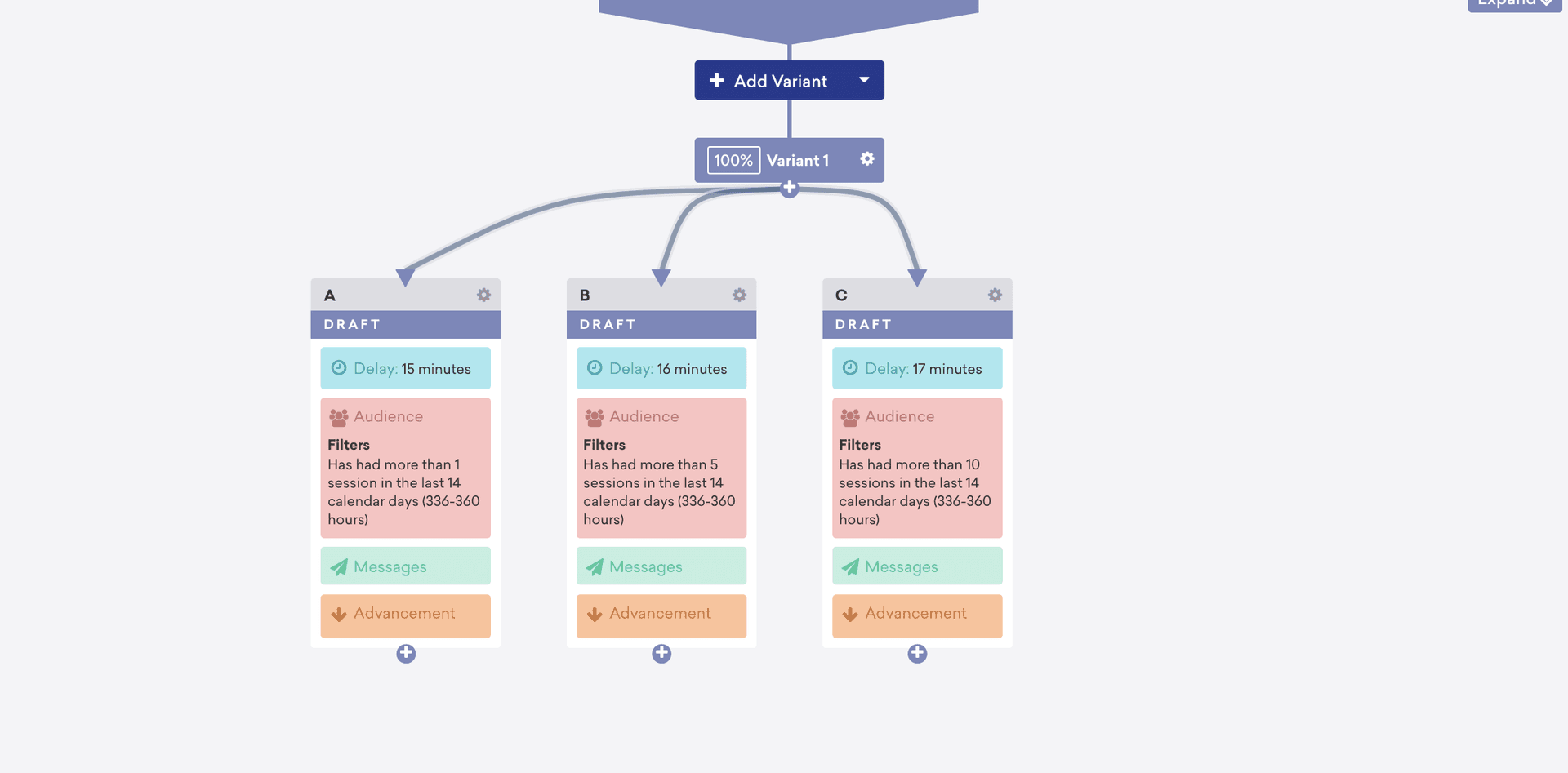
In the example above, a user who would otherwise qualify for all three steps will actually receive Step B every single time. It won’t be the right choice for every situation where you’re looking to manage prioritization, but it can be an effective way to give yourself more control over the way that messaging is served up to your users.
Final Thoughts
When it comes to message prioritization, the world has changed. Brands that embrace that future by transitioning to a strategy built around triggered messaging can stop worrying about “prioritization” as it’s traditionally defined and focus on ensuring that the experiences they’re serving up are are valuable and impactful as possible. For everyone else, the best way to approach message prioritization is to leverage tools like Connected Content and Braze Canvas to give yourself more control over which messages arrive, when.
Related Tags
Be Absolutely Engaging.™
Sign up for regular updates from Braze.
Related Content
View the Blog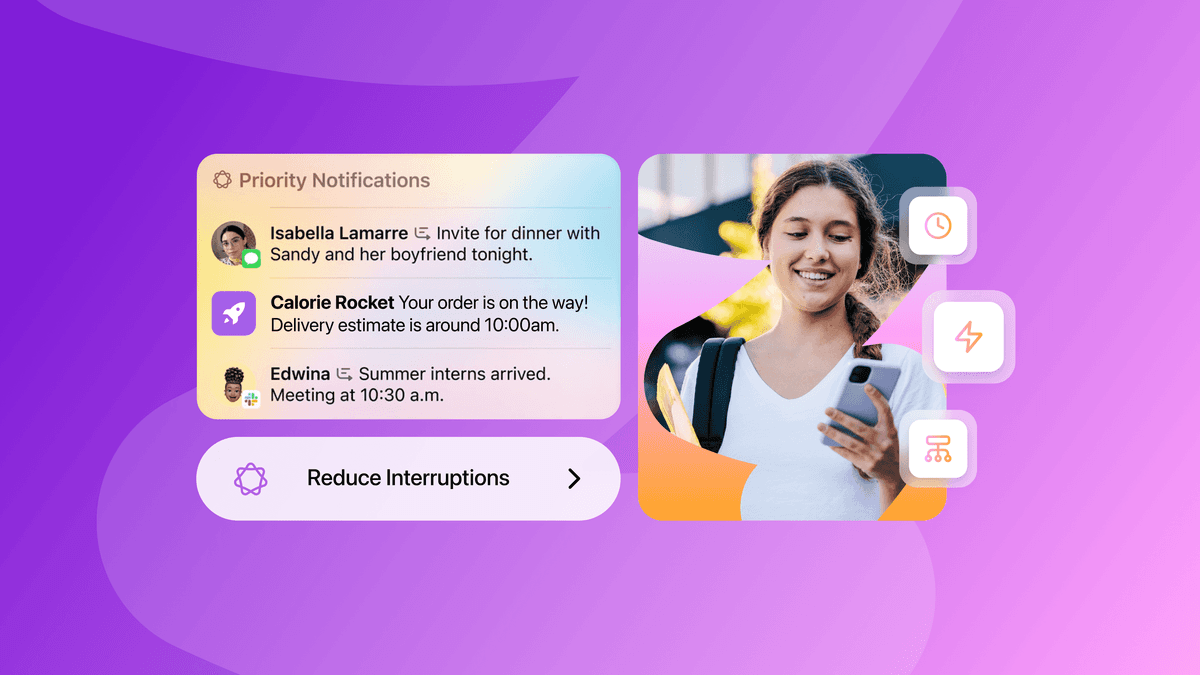
How iOS 18 is shaping customer engagement—and what marketers can do about it

Haley Trost
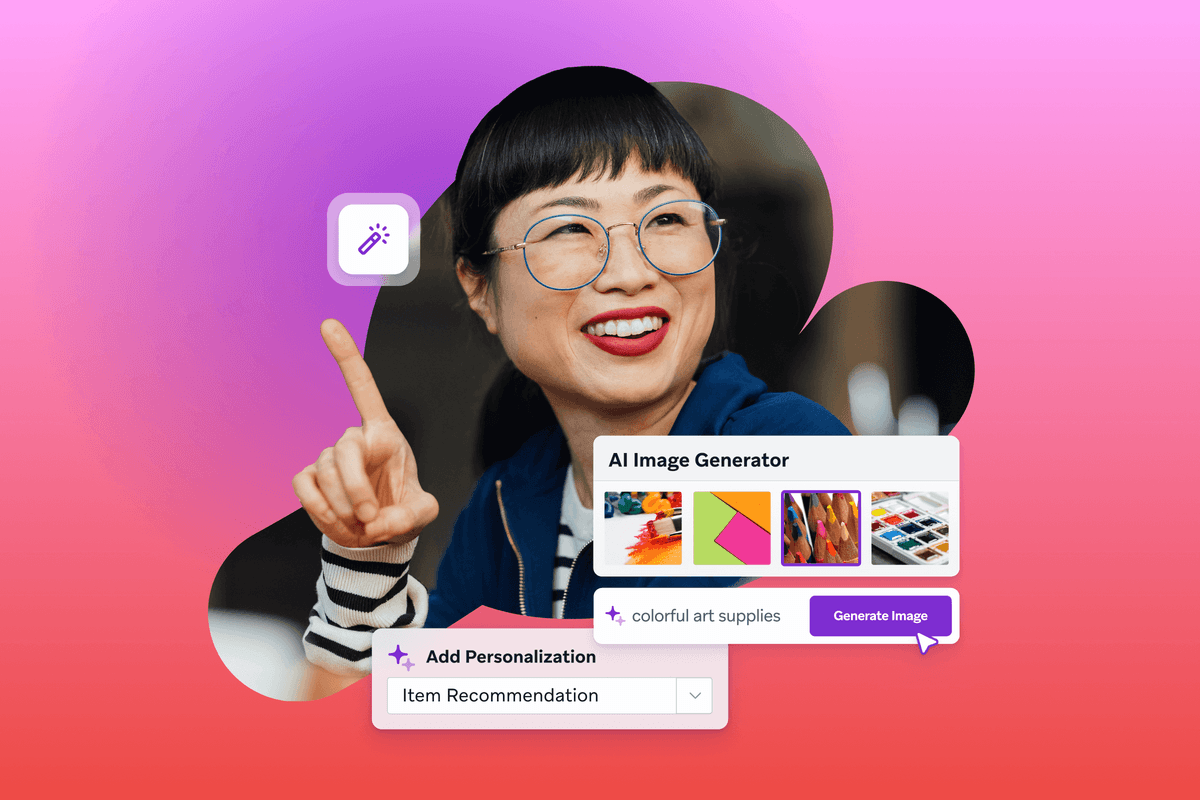
Harnessing machine learning in marketing: Benefits, use cases and best practices

Team Braze
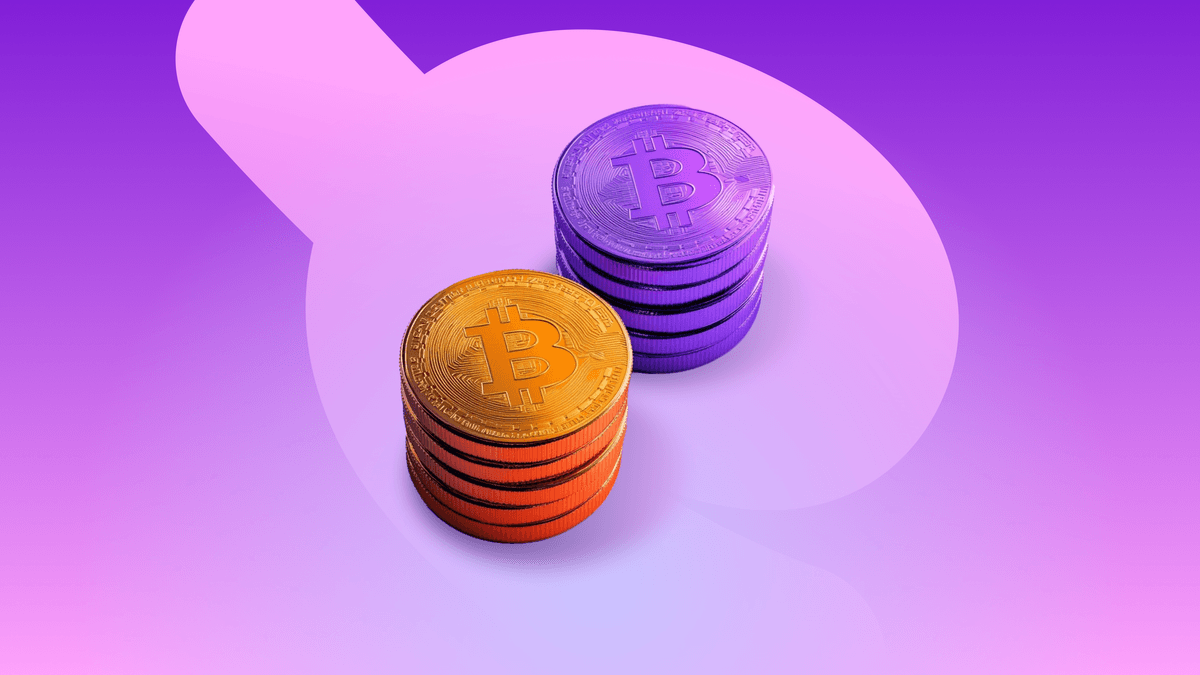
The future of payments: Enhancing innovation and trust in a changing landscape
